I know how tough it can feel when you’re just starting out. You’ve got an amazing product or service, but getting your first 100 customers can seem like a huge mountain to climb.
I’ve been there myself. And trust me, it’s tough yet exciting.
Those first customers aren’t just numbers; they’re the proof that people believe in what you’re offering. They’ll provide valuable feedback, spread the word, and some may even become your biggest advocates.
From my own experience, I’ve learned that acquiring those first customers comes down to three things:
- Building trust
- Showing up consistently
- Offering something that people actually need
In this post, I’m going to walk you through some simple steps that can help you get your first 100 customers. Let’s dive in!
1. Define Your Ideal Customer
Before you start working on getting those first 100 customers, you need to figure out who exactly they are. I know it sounds basic, but defining your ideal customer is one of the most important steps you can take. Without knowing your target audience, it’s like trying to shoot an arrow in the dark.
Why is This Important?
Well, if you don’t know who you’re trying to reach, how will you know where to find them or how to talk to them? Understanding your ideal customer helps you create messaging that speaks directly to their needs and desires.
Here’s what I recommend:
- Create buyer personas: Think about the people who would benefit most from your product or service. What are their demographics (age, location, income)? What problems do they face that your product can solve? What motivates them to buy?
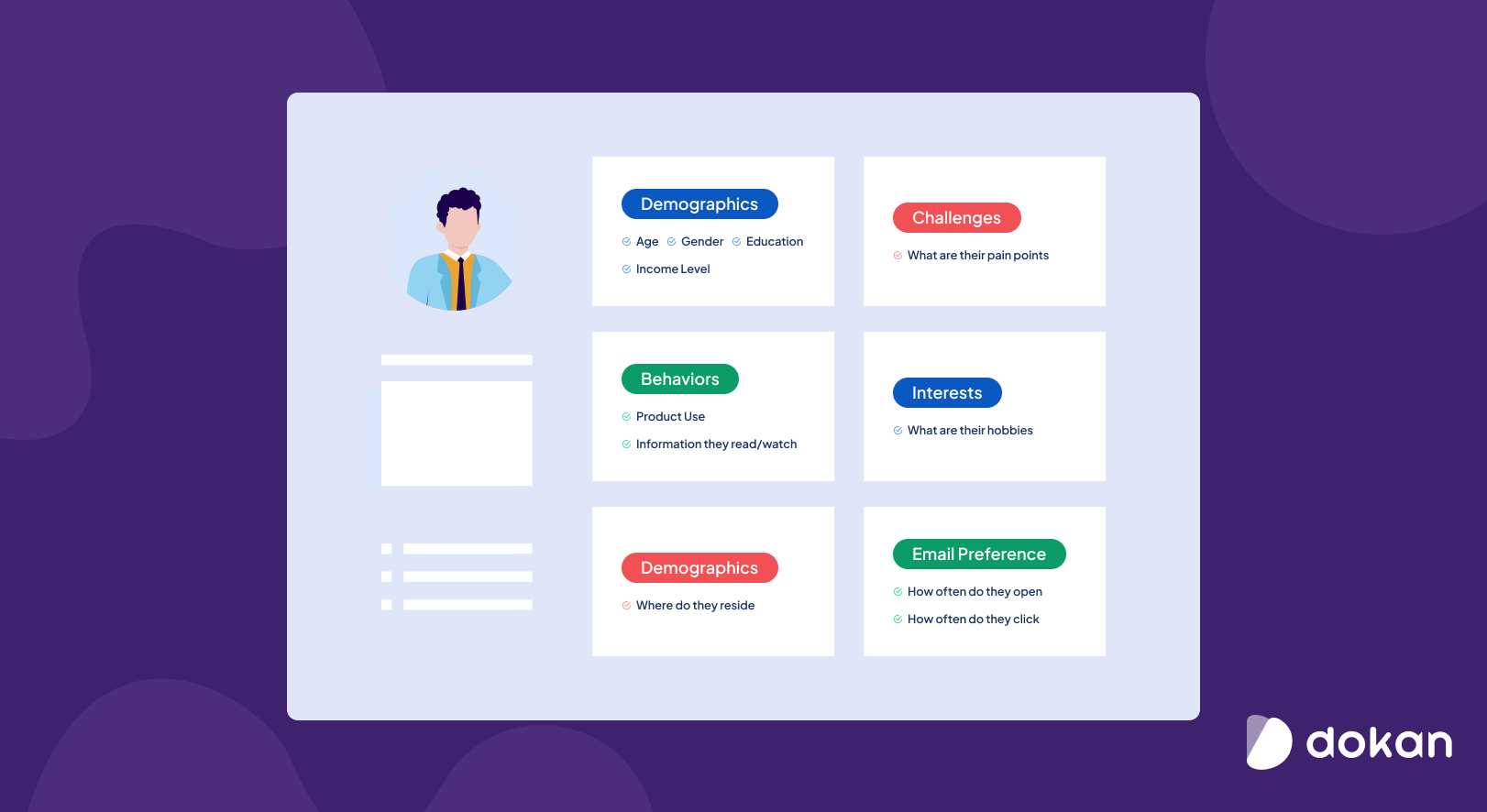
- Identify pain points: The more you understand what keeps your potential customers up at night, the better you can position your solution. Ask yourself: What challenges are they struggling with? How does your product make their life easier?
- Look at your competitors: If you’re unsure about who your ideal customer is, take a look at what your competitors are doing. Who are they targeting? What’s working for them? This can give you a lot of insight into who might be a good fit for your business.
Once you have a clear picture of your ideal customer, you’ll have a roadmap for everything you do, from your marketing to your product offerings. And it makes those first 100 customers a lot easier to attract.
2. Build a Strong Online Presence
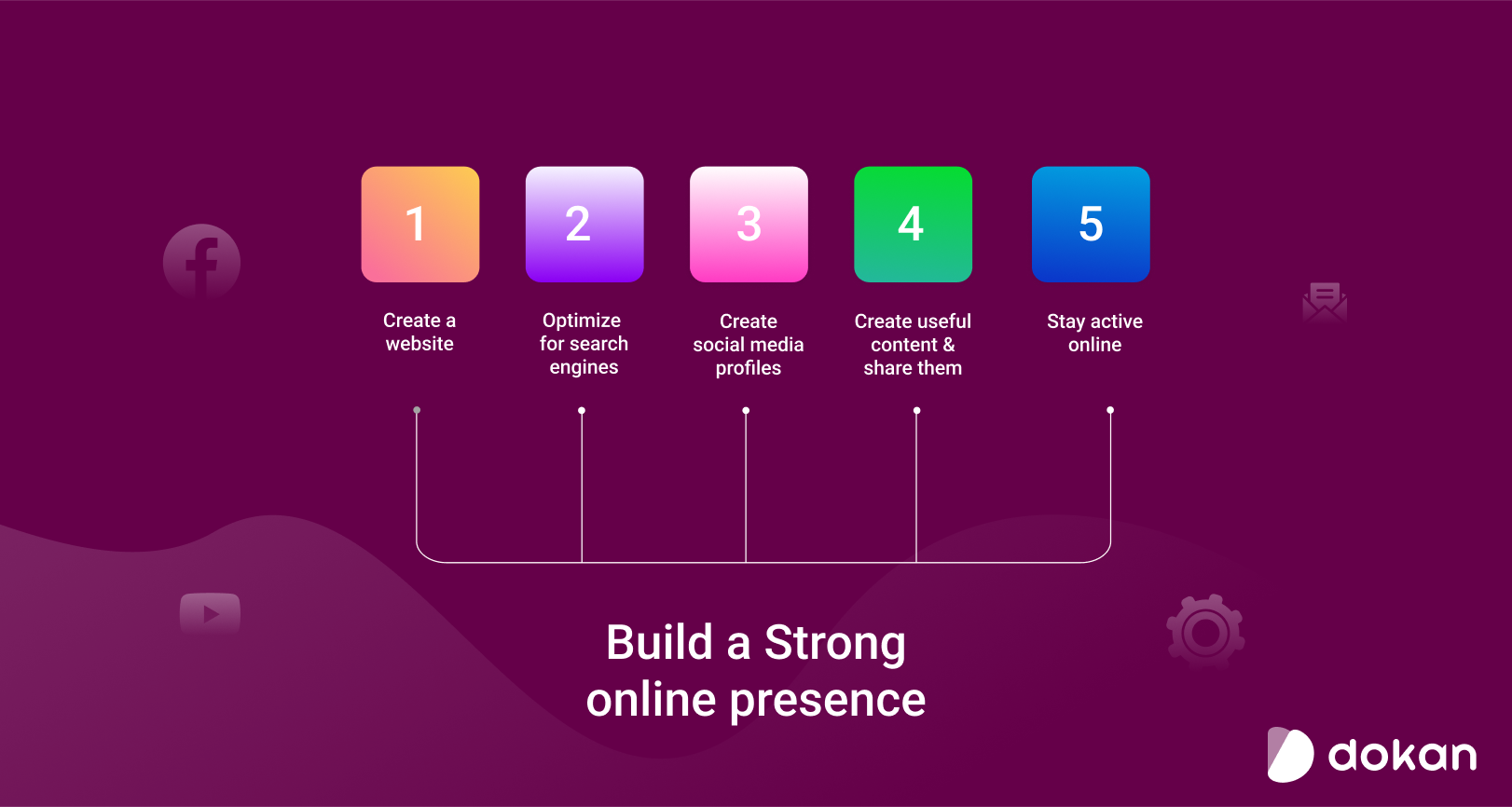
When you’re just starting out, people can’t find you if you don’t make it easy for them. That’s why having an online presence is so important. And it needs to be clear, accessible, and inviting.
For better understanding you can take Warby Parker as an example. They’ve used their online presence to build trust and expand rapidly. They didn’t just create a website, they built a community, shared useful content, and made sure every interaction was a positive one.
Take the time to do the same for your business and you’ll be well on your way to attracting those first 100 customers.

Subscribe to
Dokan blog
3. Leverage Your Personal Network
Research shows that referrals are one of the most effective ways to get new customers. In fact, a study by Nielsen found that 83% of consumers trust recommendations from friends and family more than any other form of advertising.
Building a referral program early on can dramatically reduce your customer acquisition costs and speed up growth.
Here’s how you can tap into this network:
- Share What You’re Doing: Let people know about your new business. Post on social media, send out an email, or have a quick chat with friends and family. People are more likely to support you when they know what you’re offering.
- Ask for Referrals: If someone in your network is happy with your product or service, ask them to share it with others. A personal referral can carry a lot of weight and lead to your first customers. You can sweeten the deal by offering a small discount or bonus as a thank-you.
- Set Up a Referral Program: Once you have a few customers, encourage them to refer others by offering rewards. A well-structured referral program can turn your existing customers into ambassadors for your business. Offer incentives like discounts, exclusive access, or even free products to motivate them.
In addition, consider creating special offers for your network. This could be early-bird discounts, exclusive deals, or bonus products.
Effective referral programs don’t just rely on word-of-mouth; they take it a step further. According to ReferralCandy, businesses with referral programs see an average of 3 to 5 times higher conversion rates from referred customers compared to non-referred ones. This means your first customers could be your best marketers.
4. Offer Limited-Time Deals and Promotions
One of the fastest ways to grab attention and get those first customers is through limited-time deals and promotions. People love a good deal, and the urgency of a time-limited offer can encourage them to act quickly.
Here’s how to make this strategy work for you:
i) Create Time-Sensitive Discounts

Offering a discount for a limited period can create urgency. This could be a percentage off, a “buy one, get one” deal, or free shipping. Make sure to clearly communicate the end date to encourage quick action. For example, a 30% off promotion that ends in 48 hours will push potential customers to make a decision faster than if the discount were indefinite.
ii) Launch with an Exclusive Deal
When you first launch your product or service, offer an exclusive deal for early customers. It can be a limited-time discount, a bundle, or access to special features. This can help attract early adopters who are excited to try your offering.
iii) Use Flash Sales or Daily Deals
These types of offers can be especially effective on social media, where followers are looking for immediate value. For example, offering a “24-hour only” deal via Instagram Stories or Twitter can drive a lot of engagement. People love to feel like they’re getting something exclusive or rare.
Creating urgency doesn’t just boost sales, it helps build momentum. The idea of missing out can be a powerful motivator. But remember, don’t rely on discounts too much. It can sometimes undermine the perceived value of your product.
Instead, use discounts strategically.
Offer them during key moments like product launches, holidays, or special events.
Also, don’t forget to track the performance of each promotion. Understanding what types of offers work best will help you refine your strategy for the future.
5. Utilize Social Media and Paid Ads
Let’s talk about social media and paid ads. These two tools can help grow your customer base quickly, but they need to be used strategically. I’ve seen many businesses succeed by truly understanding their audience and creating a personalized approach. Here’s how you can make the most of both:
Social Media: More Than Just Posting
Social media isn’t just about showcasing your product. It’s about building real relationships. When you start out, you’re not just trying to sell something. You’re introducing yourself to an audience that doesn’t know you yet, so you need to earn their trust.
- An actionable tip: show behind-the-scenes content. Share the story of how you started, what inspired your business, and why you’re passionate about it. People love seeing the human side of a brand.
Instead of just polished images or product shots, show your daily routine or struggles. If you’re running a small coffee shop, for example, share a quick video of your barista crafting a special drink or talk about where your beans are sourced from. These personal touches will make your audience feel connected.
Social media isn’t a one-way street. It’s about having conversations. Ask questions, share polls, and respond to comments. When someone engages with your post, take the time to reply, even if it’s just to thank them. This small effort can lead to bigger rewards.
Paid Ads: Get Targeted, Get Results
In the initial days, your ad budget may not be that huge, my was not either. The key is to start small and target your audience precisely.
For instance, if you run an online store selling sustainable fashion, target people who are already interested in eco-friendly brands, vegan products, or sustainability influencers. This way, you’re not wasting money showing your ad to everyone.
Platforms like Facebook and Instagram allow you to narrow your audience and test out different ad formats. Try one ad showing your product in action and another highlighting the benefits. Once you see which one performs better, you can focus your budget on the most effective approach.

Subscribe to
Dokan blog
6. Build Partnerships and Collaborations
Collaborating with the right businesses can significantly speed up your path to your first 100 customers. Partnerships allow you to leverage existing audiences, build credibility, and create new opportunities. Here’s how to approach it strategically:
i) Leverage Existing Audiences
According to a study by Salesforce, 76% of marketers say that partnerships with other brands are a key driver of growth. For example, if you sell eco-friendly clothing, consider partnering with a brand that sells sustainable accessories. Together, you can share your audiences through joint email campaigns, giveaways, or cross-promotions.
ii) Co-Create Content
Collaborating on content like blog posts, videos, or social media campaigns not only provides value to both audiences, but it also increases your reach. A HubSpot survey found that content co-creation can increase brand awareness by 60% and drive more leads.
iii) Offer Joint Promotions and Bundles
Joint promotions can be a game-changer for reaching your first customers. For example, if you sell skincare products, team up with a beauty salon to create a special deal for new customers. This not only helps you gain customers from the salon’s base, but also strengthens your relationship with the partner.
iv) Use Influencers and Brand Ambassadors
Working with influencers who already have a loyal following in your niche can help build trust quickly. It’s important to mark that micro-influencers (those with 1,000 to 100,000 followers) often outperform big-name influencers in terms of engagement.
7. Focus on Customer Service and Retention
When I first started, I thought getting customers was the hardest part. But soon, I realized that bringing in new customers was only half the battle. The real challenge and the real opportunity was keeping them.
I had a customer who bought from me early on. After they received their order, I wondered if they would come back. To make sure they did, I sent a simple thank-you email. To my surprise, they responded positively. That small gesture showed me how important it is to connect personally with customers.
I quickly learned that retention is about building relationships, not just making a sale. It costs five times more to acquire a new customer than to keep one. So, I started sending personalized emails, thank-you notes, and surprise discounts. These small efforts helped me build trust, and soon customers started coming back.
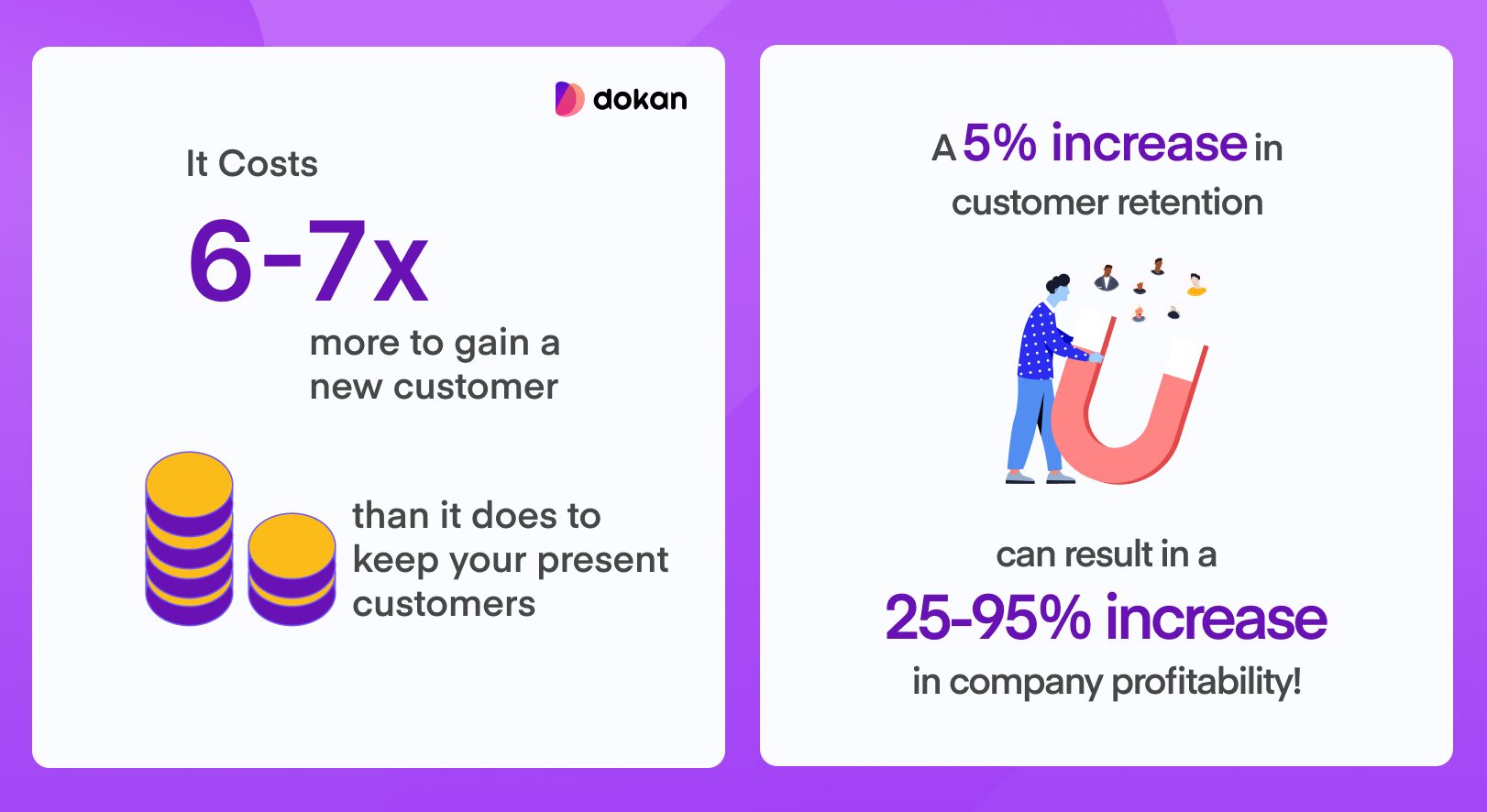
I also created a loyalty program. Customers earned points for every purchase. I was amazed at how effective it was. Research shows that a 5% increase in retention can boost profits by 25% to 95%. I saw this happen in my own business.
Finally, I started following up with customers after their purchases. A quick message asking how their experience was made them feel valued. When customers feel heard, they’re more likely to return and share their experience with others.
8. Get Feedback and Continuously Improve
As you work toward getting your first 100 customers, one of the most powerful things you can do is listen to their feedback. Feedback is one of the most powerful tools you can use to improve your product, customer experience, and even your marketing.
i) Ask, Don’t Wait
Don’t wait for customers to leave reviews or send feedback on their own. Be proactive and ask for it! Send a quick email or message after a purchase to check in. It can be as simple as, “How was your experience?” or “Is there anything we can improve?” People appreciate the opportunity to share their thoughts.
ii) Act on the Feedback
Getting feedback is great, but acting on it is what makes the difference. If you hear the same thing from several customers, that’s a sign you need to make a change. Maybe they’re asking for a feature you haven’t thought of or pointing out something you can improve in your process. When you show that you’re willing to listen and make adjustments, it builds trust and loyalty.
iii) A Powerful Social Proof
A good review is better than any ad. 92% of consumers trust reviews like personal recommendations. If a customer loves your product, ask them to share it. Reviews on social media help spread the word. This builds trust in your business. The more people talk about your product, the more your reputation grows.
iv) Don’t Be Afraid of Negative Feedback
It’s easy to shy away from negative feedback but it’s often the most valuable. Negative reviews give you a chance to address issues before they become bigger problems. When you resolve them quickly and professionally, you can turn an unhappy customer into one of your biggest supporters. People respect businesses that handle criticism well and make an effort to improve.
v) Iterate and Improve
Use the feedback to keep improving your product or service. Every tweak you make based on customer feedback is a step toward offering a better experience. As you continuously improve, your customers will notice, and they’ll reward you with loyalty and trust.
Now that you know the key steps to getting your first 100 customers, it’s time to take action.
Remember, this is just the start. The real work is in building those relationships and always looking for ways to improve.
Put these tips into practice and watch your business grow.
Final Words on How to Get Your First 100 Customers
The Journey Doesn’t End Here!
Your first 100 customers are just the beginning. With the right strategies in place, you’ll build a loyal customer base that supports your growth.
Key Takeaways:
- Define Your Ideal Customer: Know who you’re targeting so you can connect with them effectively.
- Build a Strong Online Presence: Make it easy for people to find you and understand your value.
- Leverage Your Network: Ask for referrals and build a network that shares your vision.
- Offer Limited-Time Deals: Create urgency and excitement around your product.
- Utilize Social Media and Ads: Grow your customer base with targeted, strategic marketing.
- Collaborate and Build Partnerships: Partner with others to expand your reach.
- Focus on Retention: Keep your customers coming back by offering excellent service and rewards.
- Ask for Feedback and Improve: Use feedback to refine your product and service.
The steps are clear. Now it’s time to implement them. Stay consistent, listen to your customers, and always be ready to adjust as you go. Your first 100 customers will set the foundation for the next 1000.
I’d love to hear how you’re planning to get your first 100 customers. Have any tips of your own or lessons learned from experience? Share your thoughts in the comments below!
Subscribe to
Dokan blog
We send weekly newsletters, no spam for sure!

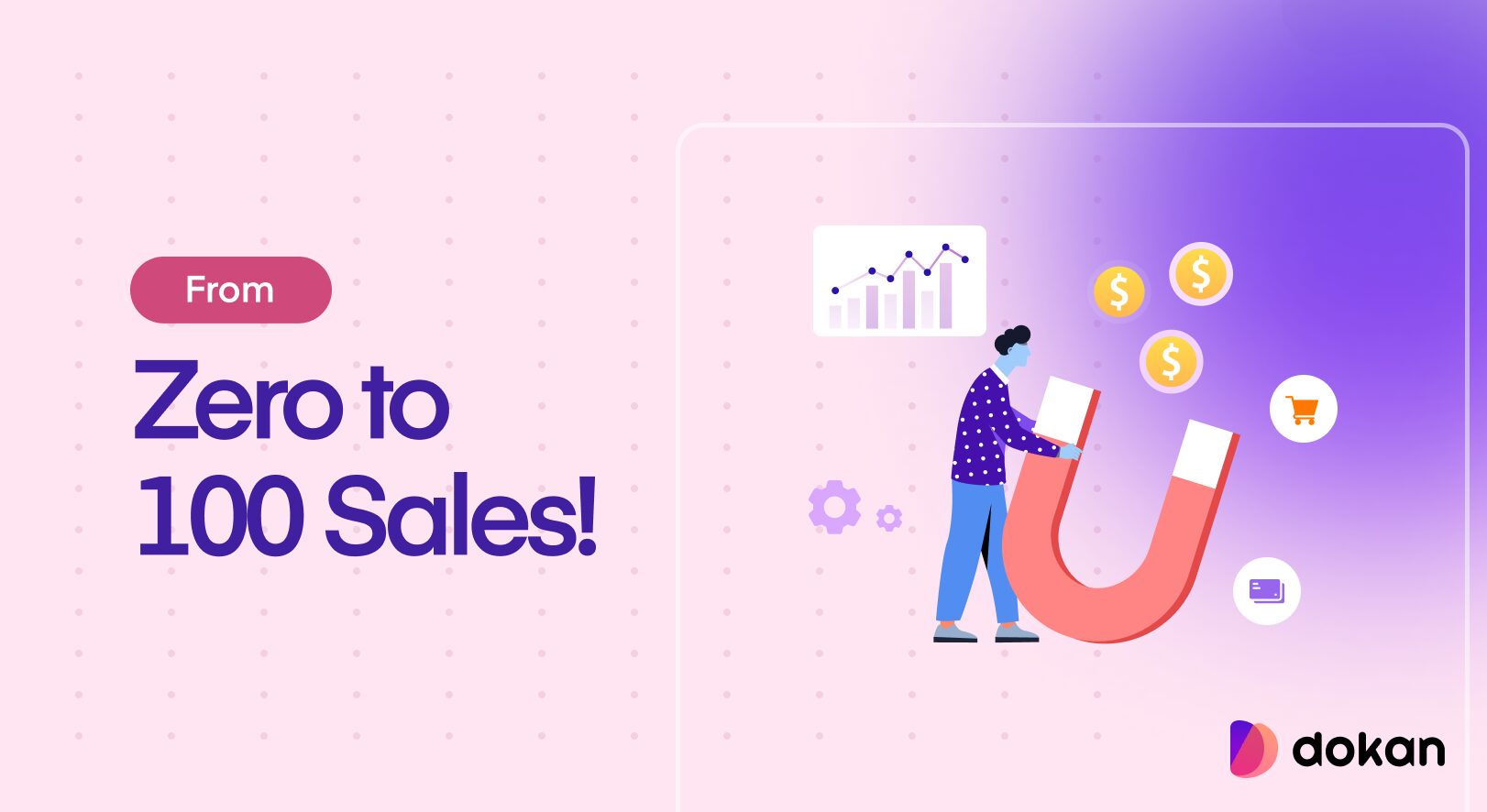
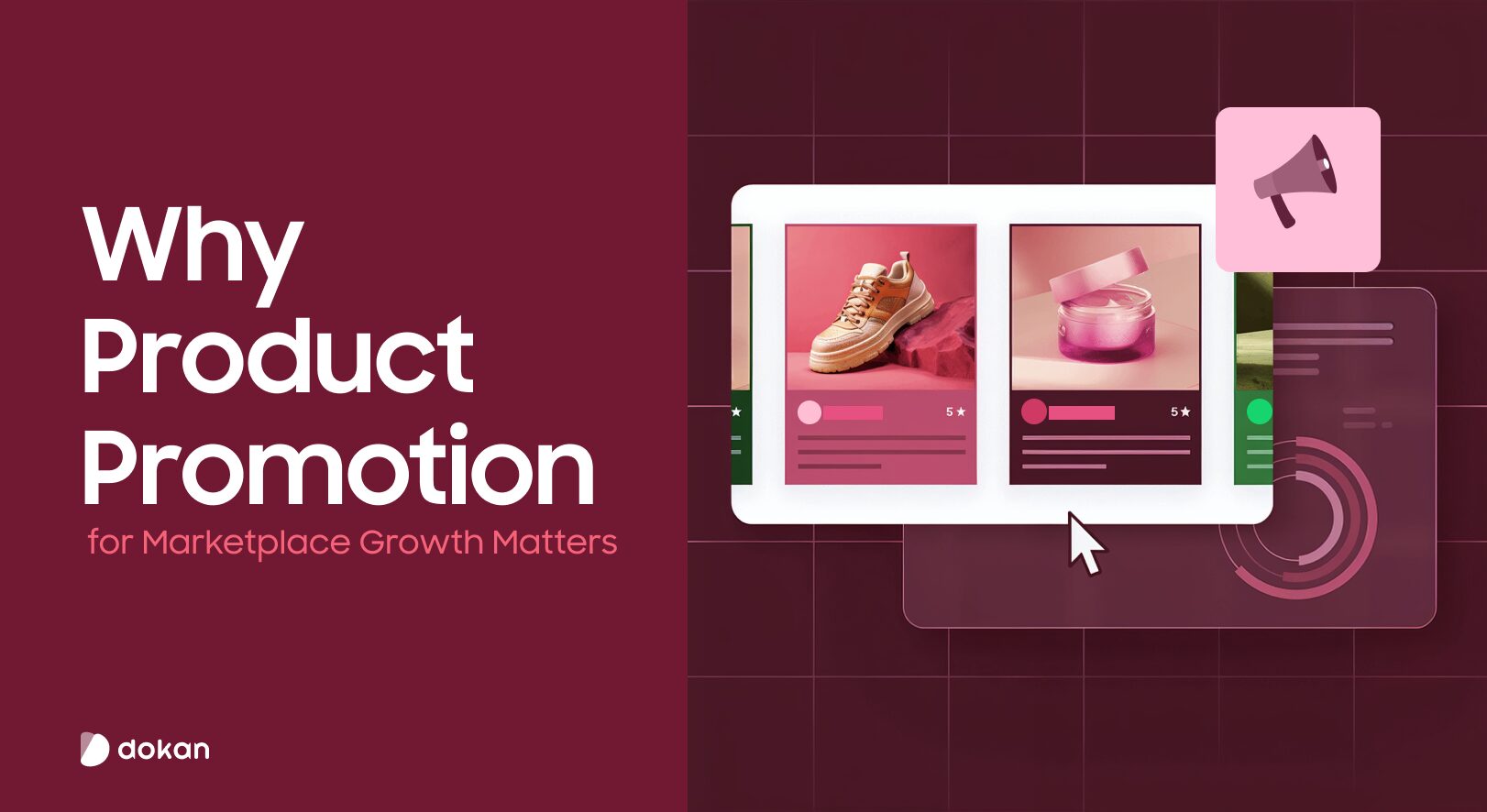


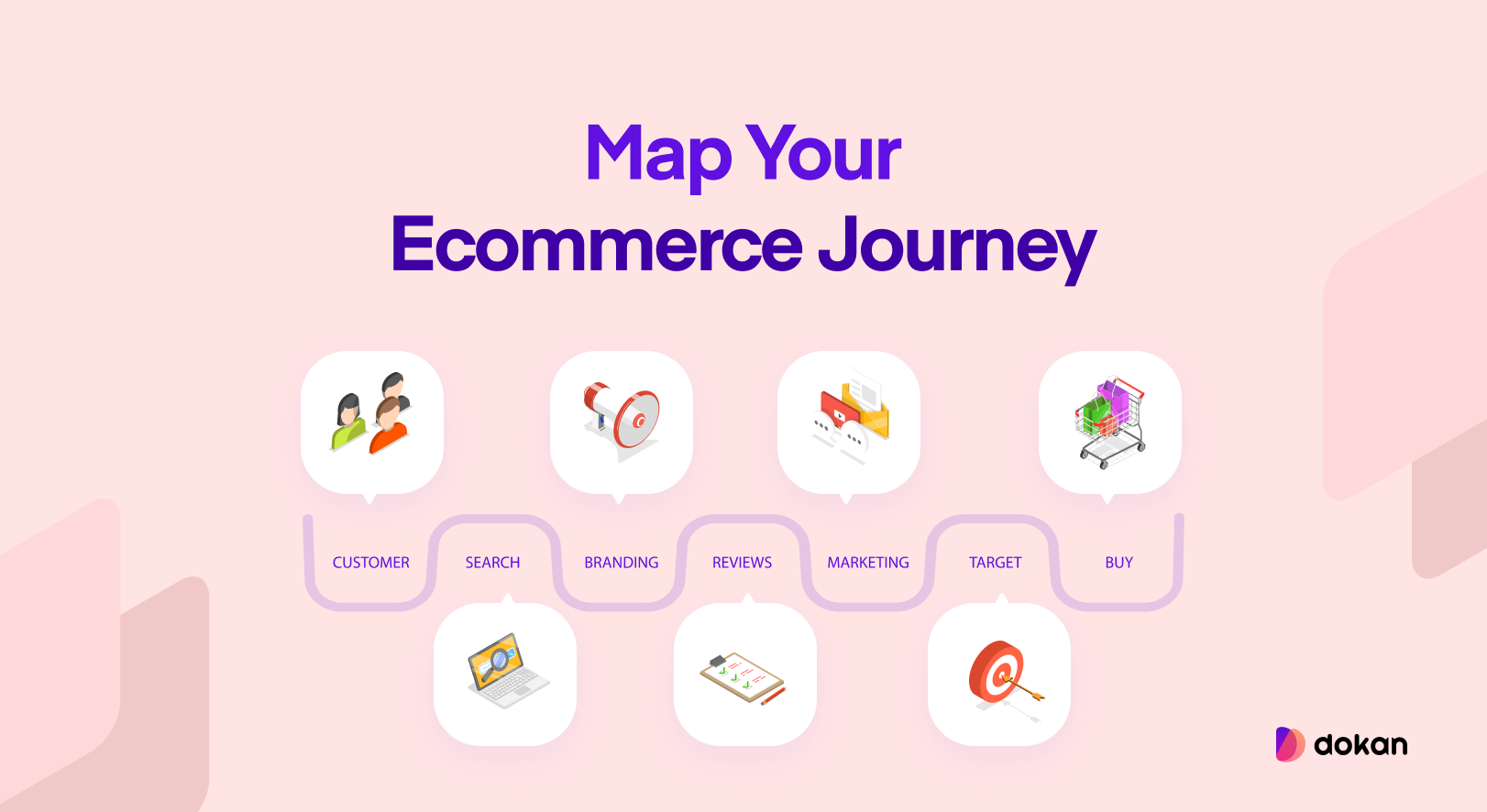

Leave a Reply